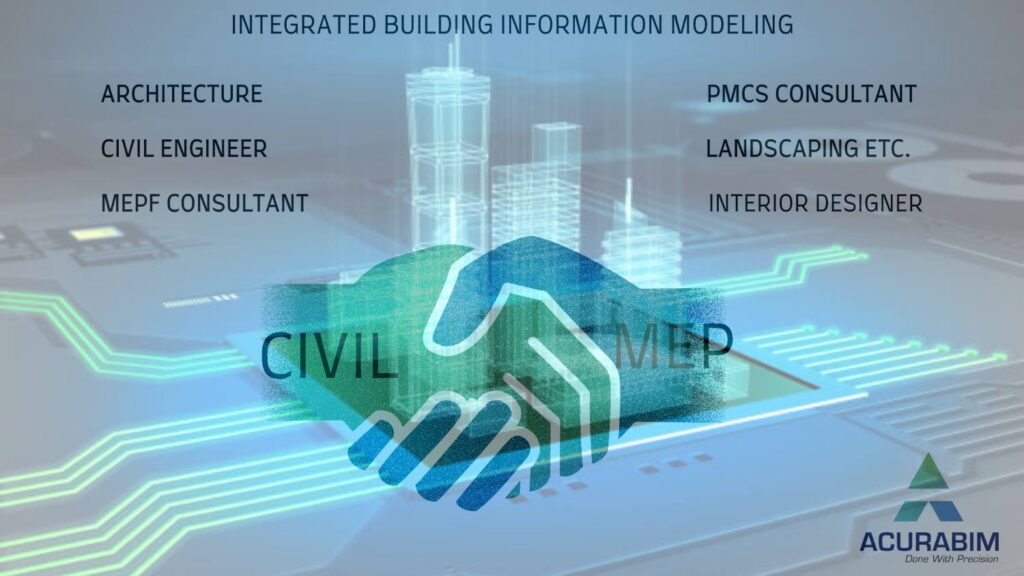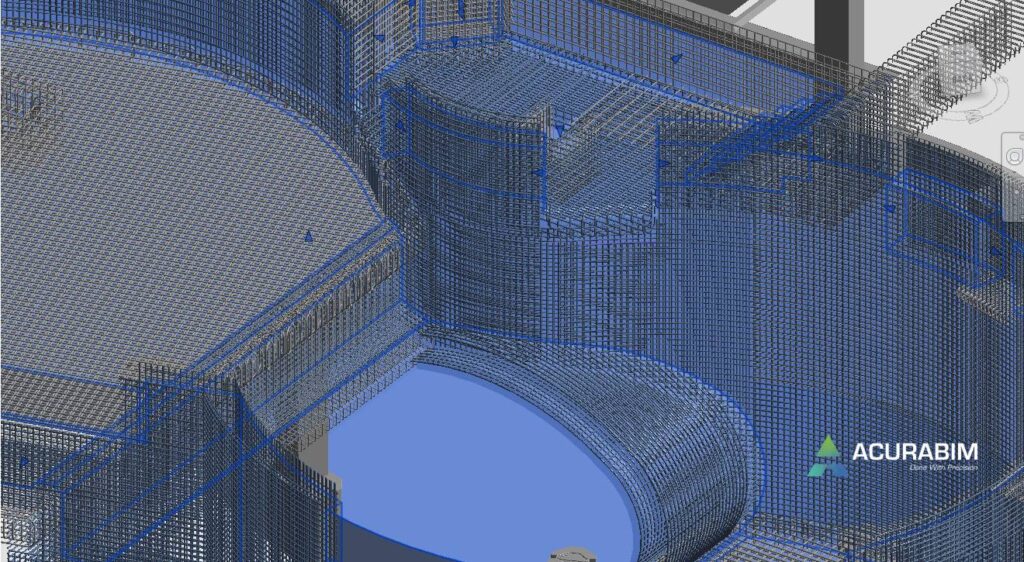Outsourcing BIM Services
Top Advantages of Outsourcing BIM Services Digital building buy injectable testosterone cypionate online in uk in uk is the way of the future. The U.S. Architecture, Engineering, and Construction (AEC) industry’s digital revolution is being driven by (Building Information Modelling, or BIM). Recent studies predict that by 2024, the global building information modelling (BIM) market would be worth 4210 million USD. Cost and time restrictions, a lack of qualified personnel with a comprehensive grasp of BIM, and the necessary infrastructure and technology for these services are major obstacles for many businesses. It makes sense to think about outsourcing BIM services, especially the creation of Revit families and the development of Revit models, when in-house services become unsustainable. In a study of 252 general contracting companies, 45% of responding companies reported outsourcing BIM, indicating that this practice has grown to be a crucial part of BIM implementation. Still uncertain? Consider these persuasive advantages of outsourcing BIM services right now. The following are some of the top advantages of outsourcing BIM Services: Cost Savings and Risk Reduction You may increase ROI by outsourcing BIM while lowering and controlling operating expenses. Instead of spending money on an internal staff, you may employ BIM services only as needed. This makes sure that you are better prepared to scale in cases of unexpected increases in demand. You may spend less on office supplies, furniture, equipment, and employee perks by lowering operating costs. An outsourced team of highly qualified expert engineers provides you a clear view of where they are going as well as an assurance that the project is practical and doable with frequent daily meetings, online project management tools, and well-established norms. By addressing any possible red flags early on, this reduces risks. Improved Productivity Outsourcing With the help of BIM, you may obtain services of the highest quality provided by vetted teams of experts. It enables you to concentrate on your primary strengths. You may pick from a verified worldwide talent pool through outsourcing, sometimes at cheaper rates, and it can help make up for any shortage of BIM experts in your neighbourhood. This aids you in overcoming the difficulties of completing BIM projects under pressure of time constraints, manpower constraints, and operational complexity. In order to increase production, the outsourced crew receives frequent training and supervision. Improved Interaction and Communication You may outsource with confidence if you have established workflows and the right communication tools. The ideal offshore partner may be a reliable and effective growth ally. To improve cooperation and guarantee that consumers have well-coordinated designs, offshore firms frequently adopt the most cutting-edge technologies. This saves time and effort while lowering uncertainty. A construction project’s procedure, quality, and communication requirements are all improved by outsourcing BIM and Revit drawings. Efficiency, precision, speed, and reduction are all improved. Communication and cooperation are made possible through this. Greater Speed of Turnaround Fast response times are guaranteed by outsourcing BIM component production services in several time zones. Due to the country’s particular geographic position, your offshore partner may provide 24–7 services, taking advantage of time zone variances. Additionally, a group of highly skilled engineers that have completed BIM for AV projects successfully employ cutting-edge technologies to provide short turnaround times. Additionally, accuracy and design coherence may be guaranteed by a professional quality control manager who is responsible with reviewing the development of BIM components.
Outsourcing BIM Services Read More »





